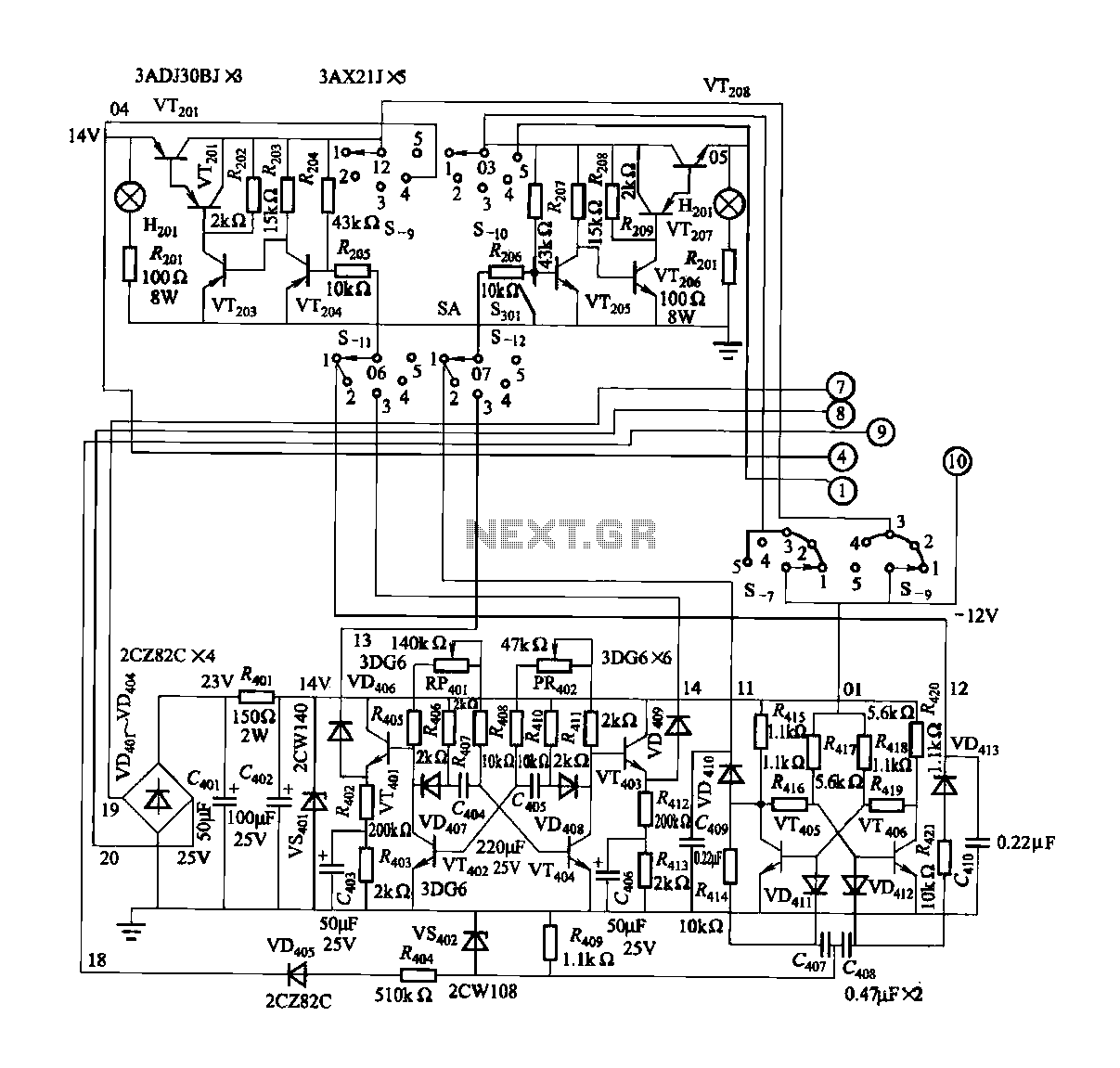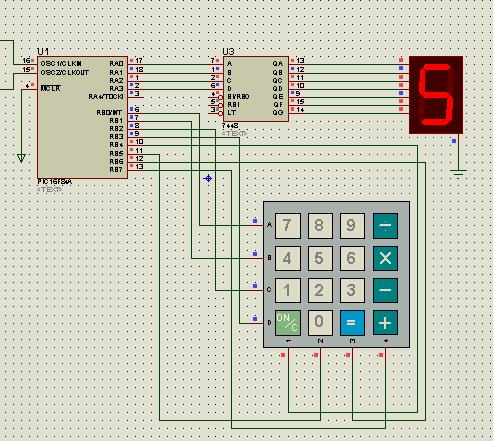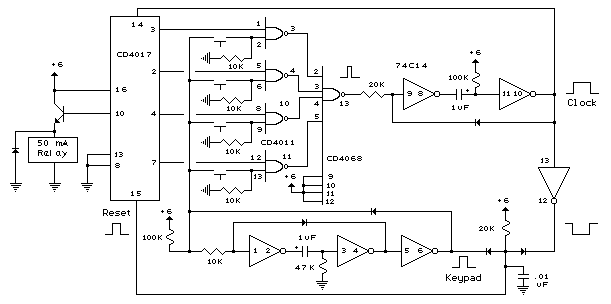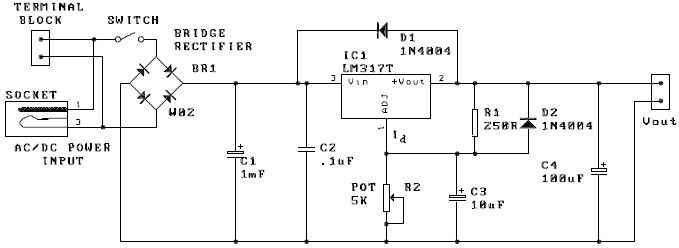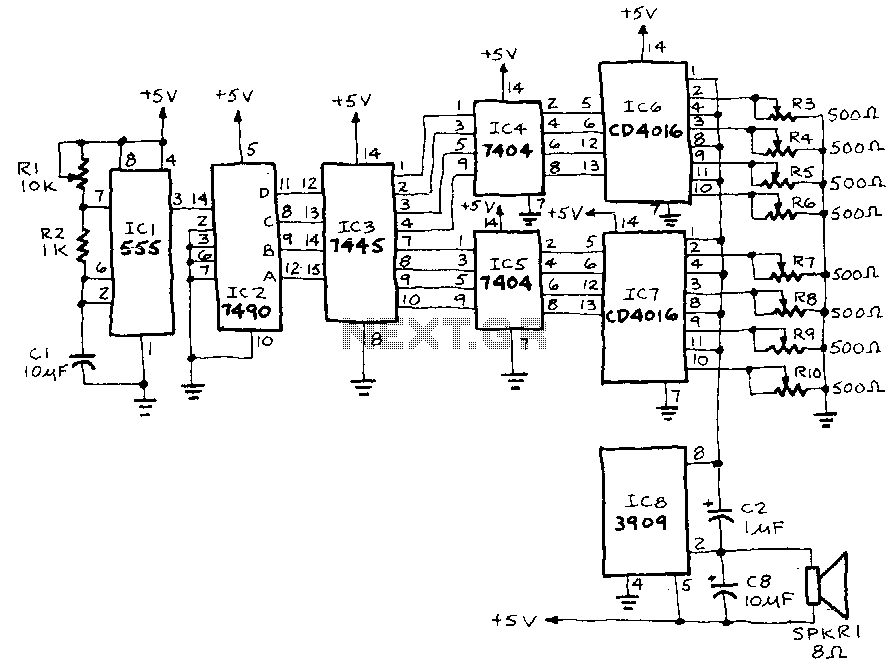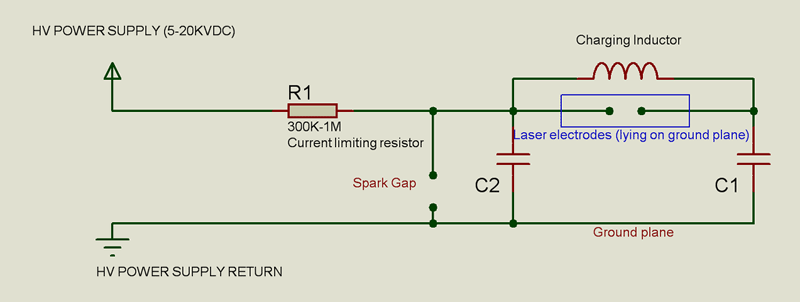
Electronic Canary
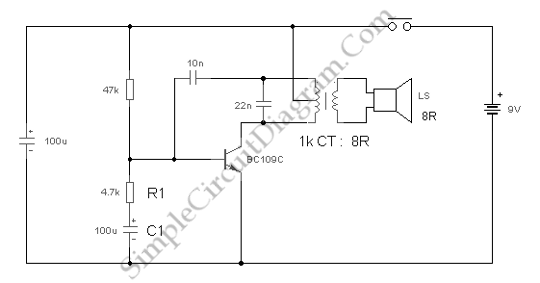
This circuit is a modification of the Hartley oscillator, incorporating several additional components. It utilizes a small audio transformer.
The modified Hartley oscillator circuit enhances the traditional design by integrating extra components that can improve performance characteristics such as stability, frequency response, and output signal quality. The core of the circuit remains the same, utilizing a pair of inductors and a capacitor to establish oscillation.
In this configuration, the small audio transformer serves a dual purpose. It not only provides impedance matching to optimize power transfer but also can be used to couple the output signal to subsequent stages in an audio application. The transformer’s primary and secondary windings can be connected in a way that influences the feedback and oscillation frequency, allowing for fine-tuning of the circuit's performance.
Additional components may include resistors and capacitors that can be strategically placed to filter noise, stabilize the oscillation frequency, and improve the overall linearity of the output signal. The inclusion of these components can also help mitigate issues such as distortion and unwanted harmonics, which are critical in audio applications.
Overall, this modified Hartley oscillator circuit represents an effective approach to generating audio frequencies with improved performance metrics, making it suitable for various applications in audio electronics, including signal generation and processing.This is a circuit which is a modification of Hartley oscillator with the addition of several components. This circuit uses a small audio transformer, type.. 🔗 External reference
The modified Hartley oscillator circuit enhances the traditional design by integrating extra components that can improve performance characteristics such as stability, frequency response, and output signal quality. The core of the circuit remains the same, utilizing a pair of inductors and a capacitor to establish oscillation.
In this configuration, the small audio transformer serves a dual purpose. It not only provides impedance matching to optimize power transfer but also can be used to couple the output signal to subsequent stages in an audio application. The transformer’s primary and secondary windings can be connected in a way that influences the feedback and oscillation frequency, allowing for fine-tuning of the circuit's performance.
Additional components may include resistors and capacitors that can be strategically placed to filter noise, stabilize the oscillation frequency, and improve the overall linearity of the output signal. The inclusion of these components can also help mitigate issues such as distortion and unwanted harmonics, which are critical in audio applications.
Overall, this modified Hartley oscillator circuit represents an effective approach to generating audio frequencies with improved performance metrics, making it suitable for various applications in audio electronics, including signal generation and processing.This is a circuit which is a modification of Hartley oscillator with the addition of several components. This circuit uses a small audio transformer, type.. 🔗 External reference
